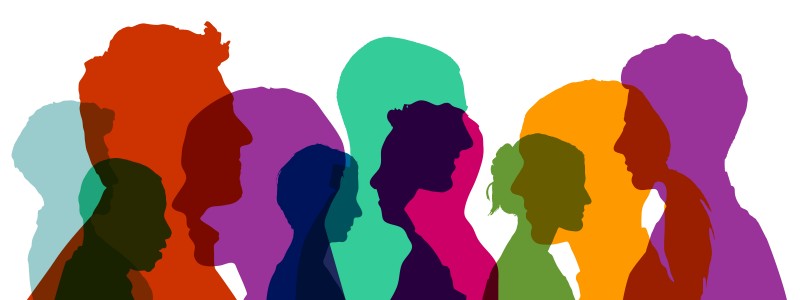The What: A 21st-century audiovisual and interactive solution for museums and visitor centers, Mad Systems’ patent-pending Facial Recognition and Color Recognition Controlled Media Delivery Systems are designed to deliver tailored media to exhibit visitors—with no need for phones, tablets, or anything else that distracts the audience.
The What Else: The Facial Recognition System can start recognition from a picture submitted by the visitor from home prior to their visit using their home computer or mobile device, from imagery and information collected when the visitor enters the venue using a kiosk or ticketing staff, or on an ad-hoc basis when they get to the exhibits. The user can select his/her preferences—such as preferred language, age group, interests, or a predetermined time limit for museum visits—and the Facial Recognition system will deliver media to the user based on these selections.
The Color Recognition System is based on a very simple concept: school groups and clubs often arrive at visitor centers wearing uniform, printed shirts, scarves, hats, or jackets that are bright colored and easily identifiable. When a group of visitors come to the entry, a camera looks at one of the shirts or jackets, and logs that color. A staff member, or a group member then tells the system what type of content to deliver—whether that is elementary content for younger children, or a more advanced experience for high school students. Even if no common color is worn, visitor center staff could hand out colored badges on lanyards or self-adhesive tags for clothing, and the system can still pick this color out to deliver customized content. Bright yellow could be used for vision-impaired guests, and blue for hearing-impaired visitors. Elementary kids might be issued red badges; a group of physics students might use purple. A Spanish language preference could be indicated by cyan, and other non-native English speakers could wear green.
The Bottom Line: Mad Systems’ Facial Recognition and Color Recognition Solutions provide media content that is tailored to visitors, without wristbands, RFID, or other interfaces. These unique systems use cameras and sensors to look at the space in front of an exhibit to identify the person or previously defined colors to deliver media in a way that matters to the visitor.










